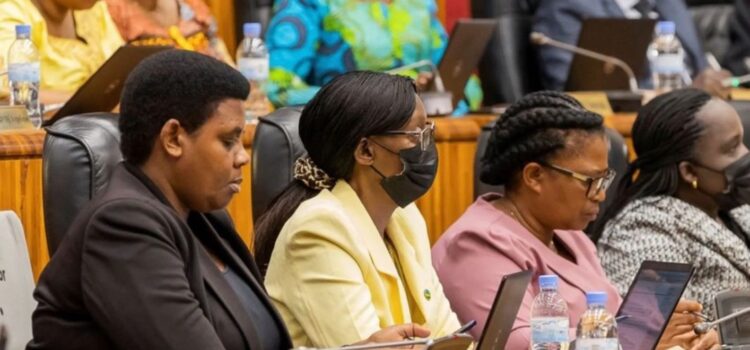The concept of inclusion–where potential women and youth populations is harnessed for development has gained prominence in the world of politics. However, its integration into mainstream public affairs and politics remains fraught with challenges, at global, regional, cascading down to national levels. In SADC region, these demographics continue to be underrepresented in political institutions, undermining the potential for inclusive governance. An examination of the age and gender representation across regional parliaments based on Inter-Parliamentary Unit (IPU) data[1] reveal significant discrepancies underscoring the need for the implementation of existing frameworks and policies aimed at fostering inclusive participation in political processes. While this analysis primarily focuses on parliamentary structures; it is noteworthy that in 2024, there have been some significant global advancements in female political presidential leadership. Specifically, Mexico, Namibia, and North Macedonia elected their first female presidents in history. Two other countries, Iceland and Moldova also elected female presidents.
Download The ESN-SA Regional Analysis on Gender and Age Disparities in ParliamACCents February 2025
263 Chat: Report Exposes Gender and Age Disparities in Southern African Parliaments
Gemnation News: The Slow March Toward Gender Parity in Politics
Gemnation News: Female Speakers in SADC Parliaments: Progress or Political Tokenism?
Gemnation News: SADC Gender Representation in Politics Still Below Global Averages
Connect stories : Women, Youth Underrepresented in SADC Parliaments Despite Global Gains – ESN-SA Report





